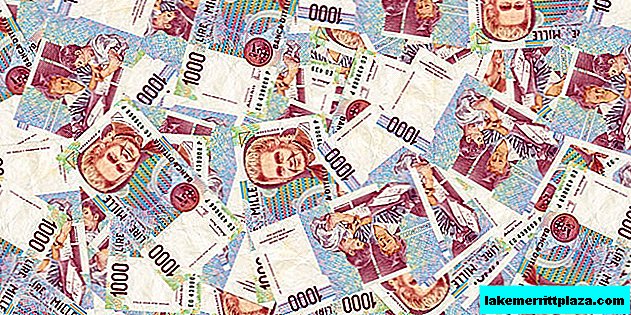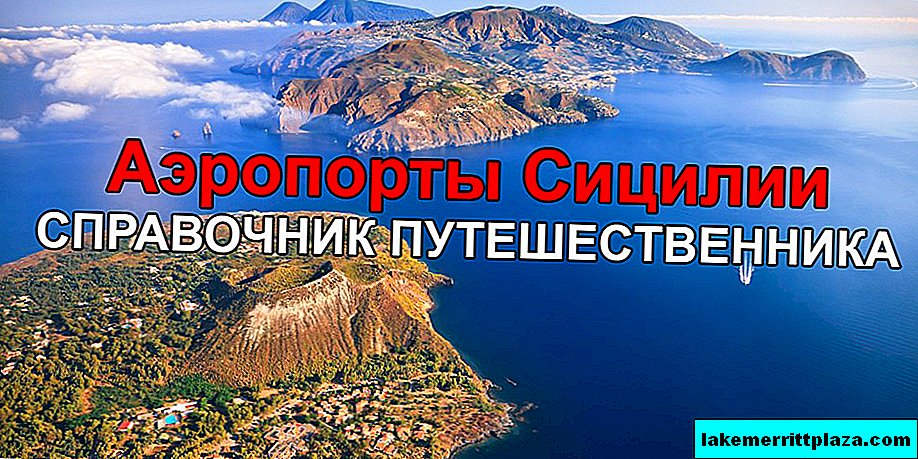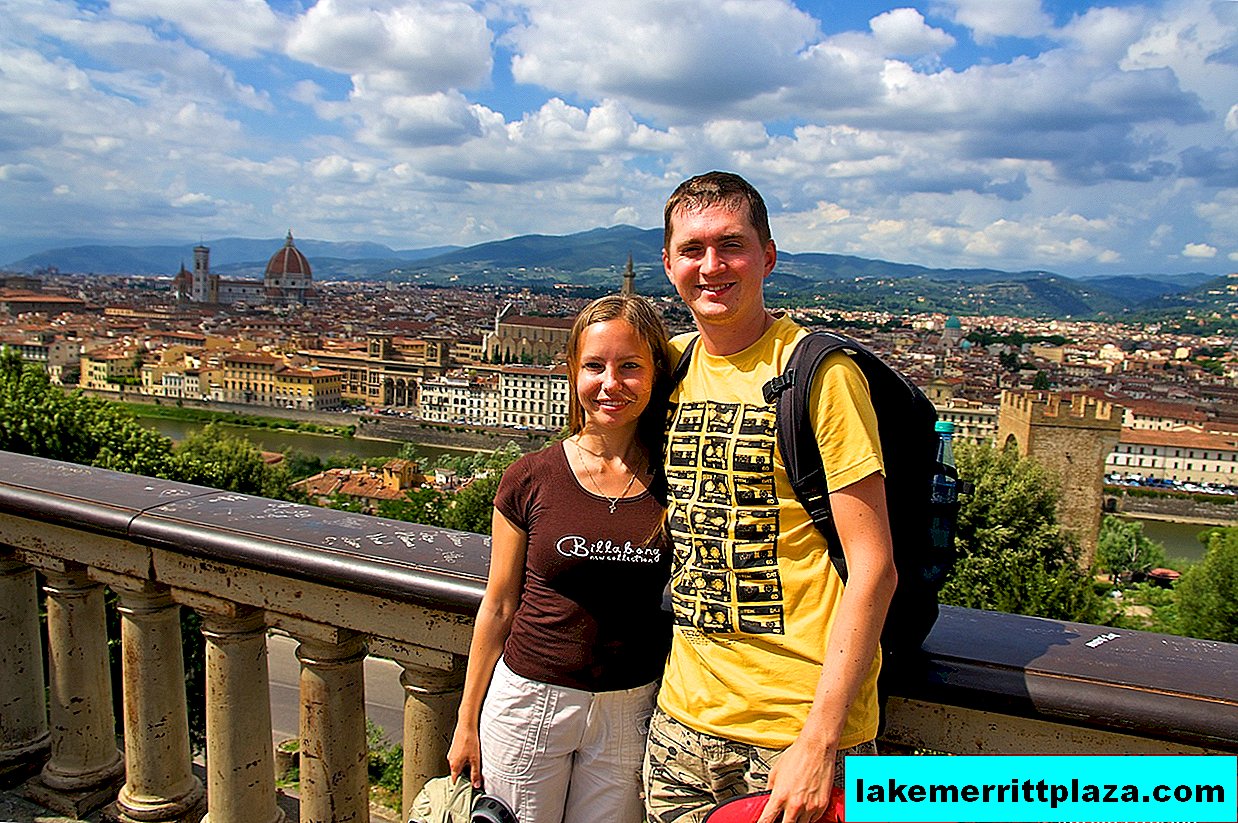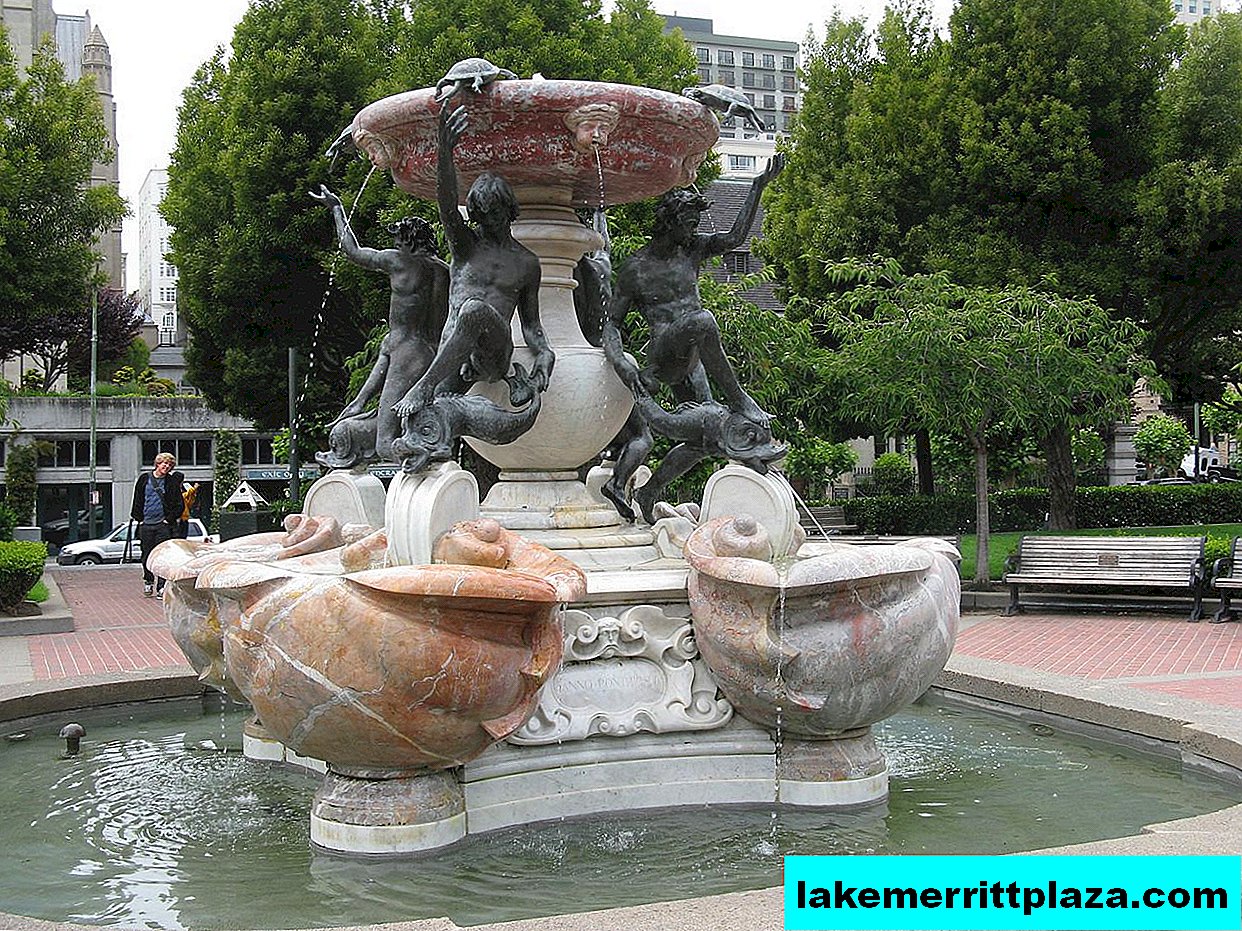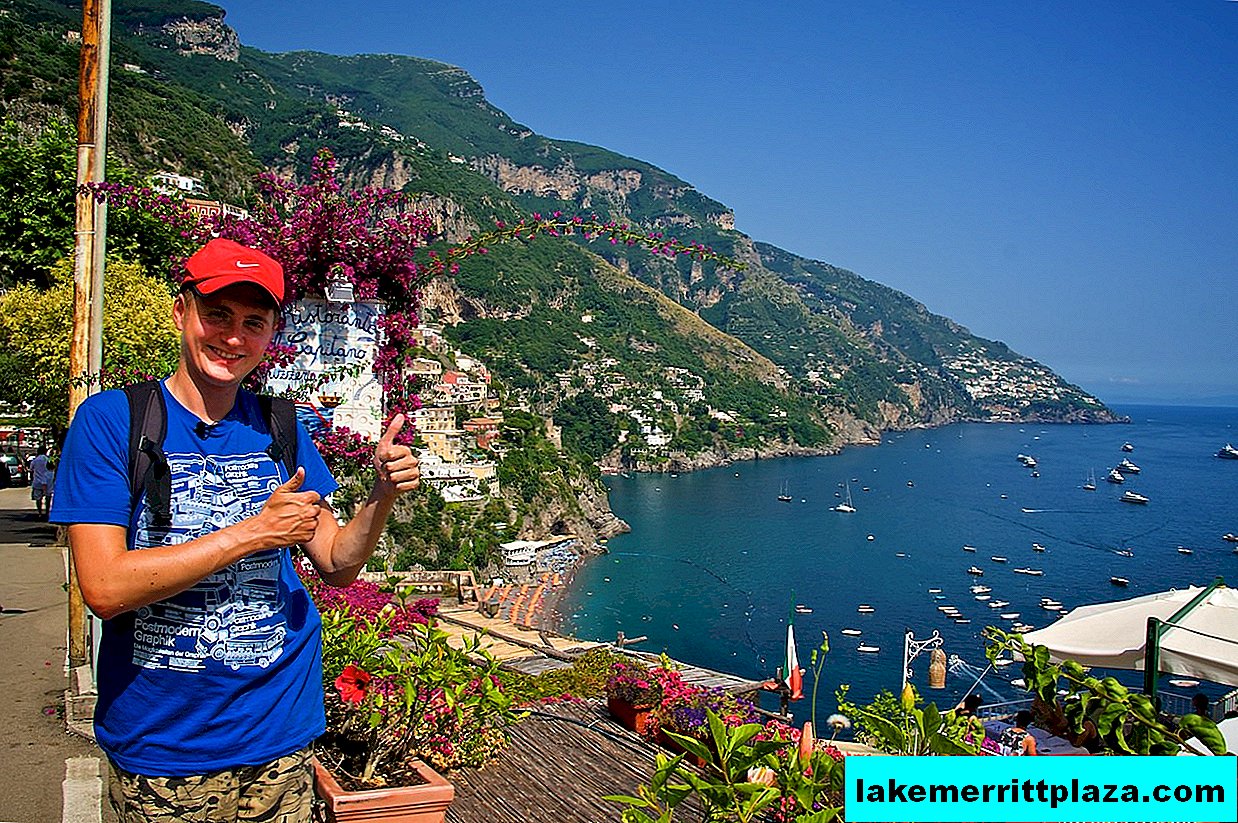Montecatini Terme is a city in the east of the plains of Lucca in the Toscana region of Italy, known for its resorts, medical centers, and hydropathic centers. On the map of Italy, the closest to this city are Pistoia and Lucca, a little farther towards the sea - Pisa and Viareggio, and inland - Firenze. Not so far from Montecatini Terme is the port city of Livorno.
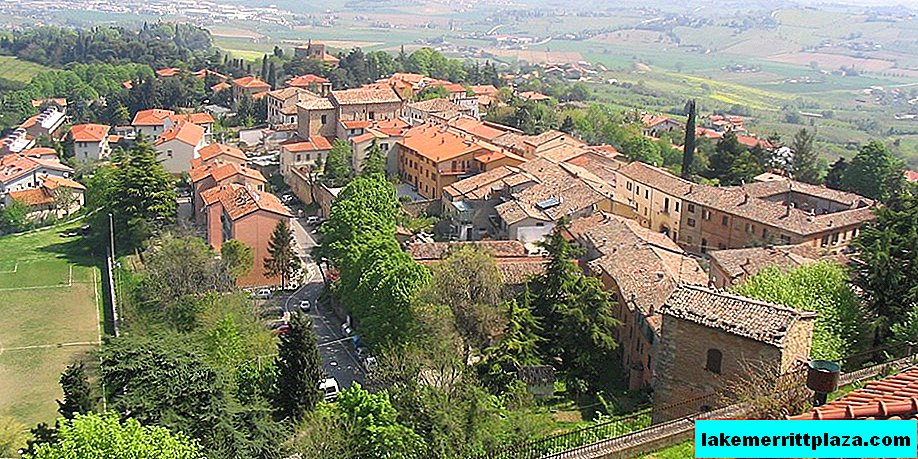
Story
Studies by archaeologists prove that in prehistoric times nomadic hunter tribes lived here. In ancient times, sources of healing water were discovered at the foot of a hill on the plain of Lucca.
Later, in the 15th century, the local mineral water was described by the doctor Ugolino da Montecatini. In the fourteenth century, bloody battles took place on the territory of the city and around it between the rulers who claimed to dominate Tuscany. The victory was won by the Florentines, who founded the first baths in 1530 near Montecatini Hill, where mineral baths could be taken.These were the "Medici Baths" (Bagni Mediceo).
Soon, in 1554, after that a brutal civil war broke out again - between supporters of two Florentine families - the Medici and the Strozzi.
During the war, the city was sacked, and Cosimo I de Medici, afflicted by defeat, ordered the city to be destroyed to the ground, retaining only a few residential buildings, convents, a city hall that did not surrender to the enemies.
The city remains forgotten for a long time.

In the 18th century, interest in Montecatini woke up again. The Grand Duke of Tuscany Leopold (Leopoldo II d'Asburgo-Lorena) orders to drain the local swamps, divert water from them, and build new baths near the hot springs:
- Bagno Regina;
- Terme Leopoldine;
- Tettuccio (Tettuccio).
The active development of tourism in the city, called Montecatini Terme, occurred at the beginning of the XX century. Public institutions traditional for the resort town appear: hotels, theaters, restaurants and cafes, gambling houses.
Montecatini is becoming a fashionable resort, Italian celebrities come here - composer Giuseppe Verdi, writer Luigi Pirandello, composer Ruggero Leoncavallo and others, a large number of vacationers from Russia. The city is becoming a place of lively discussions about politics, business, and art.
Treatment
The resort city is located about 8 sources of mineral water generated at great depths - 60-80 meters. Moving to the surface of the earth, they go through several stages of purification in layers of clay, limestone, jasper, buta and other rocks.
The resort has only 4 sources:
- Leopoldina (Leopoldina) - "hard" water with a high concentration of active substances, effective in the treatment of constipation and normalization of the gastrointestinal tract;
- Regina (Regina) - "medium" water, normalizing the process of excretion of bile from the tissues of the liver into the intestines;
- Tettuccio (Tettuccio) - “soft” water, which helps cleanse the liver and normalizes metabolic processes in the body, reduces the amount of cholesterol in the blood, and is used in the treatment of gastritis with decreased secretion and other digestive disorders;
- Rinfresco - "very soft" waters with a minimum content of medicinal substances, having diuretic properties, removing toxic substances from the body and restoring the water-salt balance after physical education and sports.
Local water has a brackish taste and belongs to the salt-sulfate-alkaline group, includes the following components: chlorides and sulfates of sodium and magnesium, lithium, potassium, calcium, silicon, iodine, sulfur, phosphates, etc.
Due to the properties of healing waters, various body systems normalize the activity:
- Digestive
- Respiratory
- Musculoskeletal;
- Endocrine and others.
The resort uses various methods of balneological treatment:
- Reception of mineral water inside (all 4 types of water are used);
- Mud therapy (Leopoldinai Rinfresco);
- Mineral water baths (Leopoldinai Rinfresco);
- Inhalations (Leopoldina), etc.
Large balneological centers of the city are popular.
The Grocco Institute (Grocco) invites you to visit the pool with mineral water, an open solarium, physical therapy classes, massage sessions, physiotherapeutic procedures based on healing water, etc .;
"Excelsior Bathhouse" (Excelsior) - medical and cosmetic center with an indoor pool, saunas, equipped with the latest science SPA treatment rooms; here they take healing water from October to early April.

The most popular is Tettuccio,founded in the 18th century, a medical center with outlets of mineral water equipped for drinking, inviting you to undergo mud therapy courses, balneotherapy, and massage sessions. In the center there is a balneologist's doctor, visitors from April to October drink mineral water in the morning and in the evening before meals: in the morning - any water, in the evening - only Rinfresco.
- The official website of the term: www.termemontecatini.it.
Sights

The city is divided into two sectors - ancient and modern. The historic center is located in the Montecatini Alto area, spread over a picturesque hill. In 1898, a cable car was built to climb the old city. In the old part there are historical and cultural monuments:
- Carmine Church (Chiesa del Carmine) XIV century;
- The current church of St. Peter (Chiesa di San Pietro) of the XI century;
- 13th century medieval fortress (Rocca di Castello Vecchio);
- Buildings of the early XX century in the Art Nouveau style and others.
The Romanesque church of Carmine, dedicated to the Saints Jacopo and Filippo, is well preserved to this day.. It was built by representatives of the Carmelite monastic order in 1296. The church has a simple and strict facade, a gable roof. Present in the guise of the church and the baroque features introduced during the restructuring in 1764. The treasure of the church is a painting of 1595, depicting the Martyrdom of St. Sebastian (Martirio di S. Sebastiano) against the background of the city of Montecatini and its environs.
St. Peter's Church is outwardly distinguished by a majestic bell tower similar to a tower of a medieval castle. It was rebuilt in the XX century as a building for an art school, but it preserved the work of great masters of past eras:
- The Ascension of Christ by Santidi Tito;
- "Martyrdom of St. Barbara" by Jacopo Ligozzi (JacopoLigozzi);
- "Assumption of the Virgin" by Carlo Marat (CarloMaratta).
The whole old city is located inside the fortress walls of an old castle rising above the Valdinovole valley. You can climb to the castle territory by cable car.
Hotels
The resort offers guests a choice of 220 hotels of different levels of comfort and price. We have selected the best hotels for you based on tourist reviews.
5 stars
Hotel Montecatini Palace

Hotel Montecatini Palace - a hotel with amazing city views, built in 1910, offering a high level of comfort:
- Rooms with all amenities and VIP-services;
- Indoor and outdoor pools;
- A fitness center;
- SPA-salon, Turkish baths;
- Open veranda with a bar;
- Restaurant with Tuscan cuisine and others.
Grand hotel & la pace

Grand Hotel & La Pace is a well-known VIP hotel in which the first persons of the state, movie and music stars stay. It is distinguished by luxury in interior design, an extensive park, its own wellness center.
4 stars
Grand Hotel Tamerici & Principe

Grand Hotel Tamerici & Principe is a hotel offering health promotion in its own medical and cosmetic center. Baths, massages, seaweed wraps, gymnastics will help you to fully relax and improve your health.
The hotel is located at a distance of 200 meters from the sources and provides guests with cosiness and convenience:
- The rooms and other rooms are decorated with paintings, crystal products and bronze;
- In the lobby of the hotel there are evenings of piano music;
- Has a spacious terrace and pool;
- The hotel is surrounded by a shady garden, etc.
Hotel Ercolini & Savi

Hotel Ercolini & Savi is a superior hotel located in a building of the 19th century, equipped in accordance with modern requirements:
- Two restaurants with luxurious cuisine for different tastes;
- Spacious rooms with carpeted floors and household appliances;
- Good soundproofing, etc.
3 stars
Hotel reale

Hotel Reale is a hotel within a 2-minute walk from the springs, with many advantages:
- Comfortable accommodation in rooms with necessary appliances, free cosmetics;
- Gourmet Tuscan cuisine;
- Possibility to order vegetarian and gluten-free menus;
- The possibility of resettlement with pets, etc.
Hotel cappelli

Hotel Cappelli is a hotel in the city center, within walking distance from SPA centers and hydropathic facilities, non-smoking, has spacious bright rooms with terraces or balconies.
Apartments and B&B
Casa jessica

Casa Jessica - apartments in a high-rise building on the 1st floor with cute shady courtyards, with a kitchen equipped with all necessary appliances, with a dining area on the terrace, with heating in the cold season.
Casina Di Cecco E Della Giulia

Casina Di Cecco E Della Giulia is a detached two-story holiday home surrounded by a garden, 100 meters from the thermal spring.
How to get there
The largest city closest to Montecantini Terme is Florence.
By train
From Florence, take the train to Montecatini Terme-Monsummano Station from Firenze Santa Maria Novella Central Station. The train runs several times per hour, the ticket costs 5.5 euros.

We recommend reading:
By bus
Montecatini Terme can be reached by bus from most of Italy’s major cities. For example, a direct bus from Rome costs 13 euros, you can check the current schedule and buy a ticket on the carrier’s website www.baltour.it
From Moscow
The most rational way to get from Moscow to Montecatini Terme is to fly by plane to Rome Fiumicino airport, then it becomes possible to combine treatment at thermal spas with cultural relaxation. Having rested in Rome from the flight, go to Florence by high-speed train, and from there to the baths.
You can share your experience and leave feedback about the resort in the comments.



